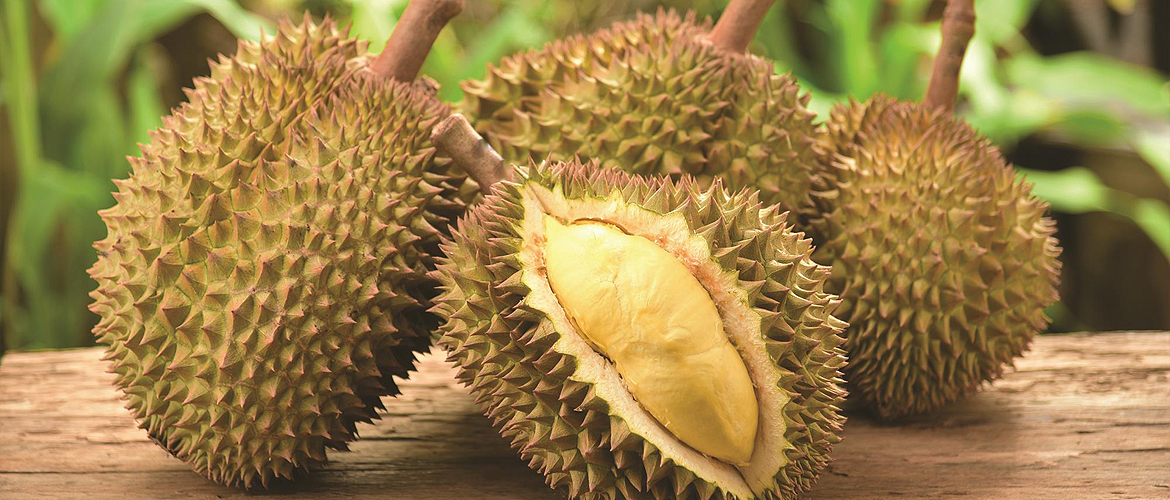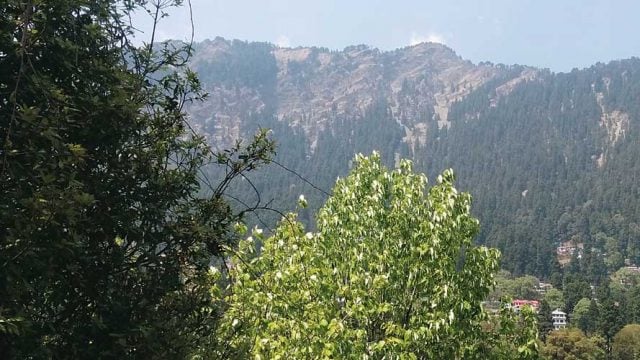Lush green fields, pristine beaches, temples, volcanic mountains, culture-rich streets… these things come to mind when we
Trunyan Village

This village, located on the remote eastern shores of Lake Batur, is home to the Bali Aga people who are known for their unique ‘burial’ rites. They don’t cremate their deceased. Instead, they are laid out within the village grounds, with only bamboo canopies to cover them. Strangely enough, there is no putrid stench. This is because the bodies are placed in close proximity to a huge Taru Menyan tree (taru meaning ‘tree’; Menyan meaning ‘nice smelling’). This large banyan tree produces a sweet fragrance that masks the stench completely. The ritual is allowed only for married people. Unmarried ones get a normal burial! It is, however strange, also true that this village is quite popular among tourists. Trunyan is accessible by boat.
Pura Paluang Car Temple, Nusa Penida Island
Somewhere in this world is a temple with a main shrine built in the shape of a Volkswagen car. Yes, it is Pura Paluang Car Temple in Karang Dawa village, Nusa Penida island. The villagers claim that the temple has been there for centuries—definitely way before any cars were invented! If the locals are to be believed, the goddess Ratu Hyang Mami comes to visit the village with blessings of wealth and prosperity. And that’s when the sound of a car can be heard.
Balinese New Year

Balinese New Year or Nyapi, as it is known locally, is the festival of silence. On this day (March 17), complete silence is observed from 6am until 6am the next morning. The streets are deserted and even daily routine comes to a standstill as everybody observes a day of silence, meditation and fasting. Only the Pecalang (traditional security men) are seen outdoors. This complete silence is intriguing, but what makes it so are the rituals that takes place before and after Nyapi. Several days prior to the D-Day, the Balinese Hindus go through a purification ritual and ceremony called Melasti. It takes place near water sources (ocean, rivers, lakes, pond) as after purification all bad karmas are thrown into the water. And on the eve of Nyapi, each and every street turns into a riot of colours and revelry as Ngrupuk parade or Monster Parade takes place. On this day, Ogoh-Ogoh, statues of monsters, are built and paraded around as a symbol of purification of the natural and spiritual environment. This very loud ceremony ends in burning of the statues which symbolises self-purification. And the next day, dead silence.
Balinese youths take New Year very seriously and for a befitting reason too. Omed-Omedan or The Kissing Ritual takes place the day after Nyapi. This ceremony is performed by unmarried youths (ages ranging from 17-30 years old). The ritual requires male participants to pull the female participants and kiss them while the villagers pour cold water on them. Well, certainly a fail-safe way to end a kiss.
Bat Cave Temple of Goa Laweh, Klungkung
Also known as Bali Bat Temple, this is one of Bali’s most important temples. The temple dates back to the 11th century. The star attraction being hordes of nectar bats chirping around and behind the cave opening, this place with high pitch din used to be a place for meditation.
Balinese Street Food

You can never really know a place if you don’t try their street food. Some are locally inspired, some globally and most of them are pleasing to our taste buds. And then there are some that are purely an acquired taste. You are in Bali and you are taking a morning stroll in the local market when you come across the highly divisive fruit—durian. This most hated fruit globally is the most loved in Indonesia. Notorious for its odour, durian is often kept at a distance. But you never know, if you can get past the smell, you might actually like the fruit. Trying will be an experience in itself. Bali’s traditional salad is lawar—one kind consist of fruits and vegetables; the other raw pork and blood. Kakul or freshwater snails can be had in soups, salads or skewered. High-protein snack of ancruk (sago worms) and lawar nyawan (bee larvae salad) are worth a try.
Bali
Indonesia
Balinese New Year





